The Nigerian Civil War, which led to the deaths of over two million people, was fought to counter the declaration of the sovereign state of Biafra by Chukwuemeka Odumegwu-Ojukwu, the then military governor of eastern Nigeria.
The immediate causes of the war in 1966 included a military coup, a counter-coup, and alleged persecution of Igbo living in the north.
Fifty years down the line, TheCable brings you the major actors that played key roles at that time.
CHUKWUEMEKA ODUMEGWU OJUKWU
Advertisement
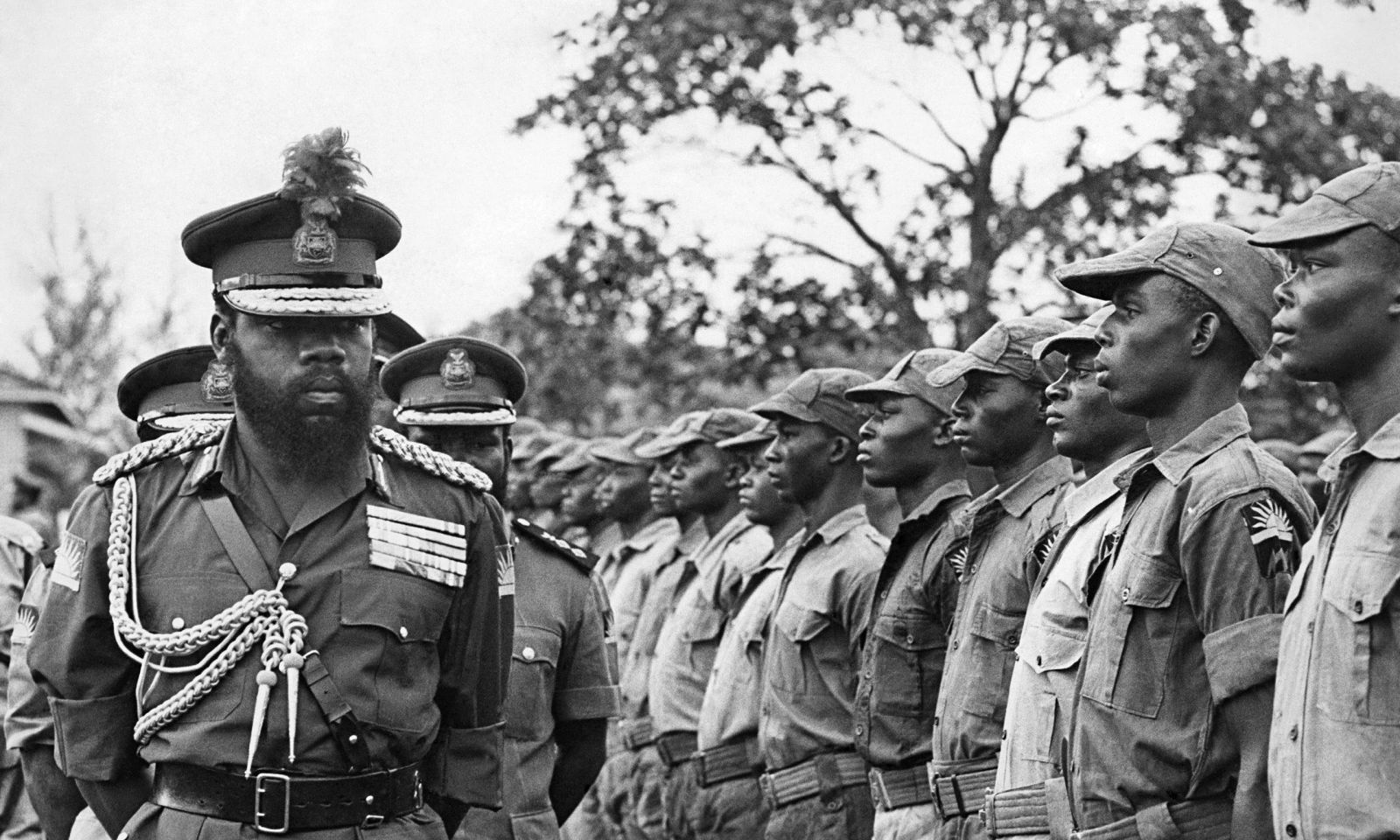
Following a counter-coup progrom in the northern part of the country on July 1966 in which many Igbos were killed, there was a peace conference hosted by Joseph Ankrah in Aburi, Ghana.
Lack of implementations of the resolutions of the peace conference had Ojukwu to on May 30, 1967, declare eastern Nigeria a sovereign state to be known as Biafra thus:
“Having mandated me to proclaim on your behalf, and in your name, that Eastern Nigeria be a sovereign independent Republic, now, therefore I, Lieutenant Colonel Chukwuemeka Odumegwu-Ojukwu, Military Governor of Eastern Nigeria, by virtue of the authority, and pursuant to the principles recited above, do hereby solemnly proclaim that the territory and region known as and called Eastern Nigeria together with her continental shelf and territorial waters, shall, henceforth, be an independent sovereign state of the name and title of The Republic of Biafra.”
Advertisement
He died in in a UK hospital in November 2011, after a protracted illness.
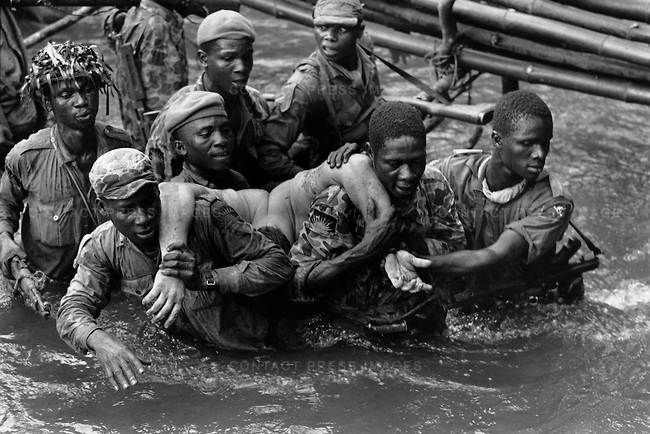
YAKUBU GOWON
After the counter coup in August 1966, Gowon became Nigeria’s youngest military chief of staff at the age of 31. In anticipation of secession by the Igbos, he had moved quickly to weaken the support base of the region by decreeing the creation of 12 new states to replace the four regions. Six of these states contained minority groups that had demanded state creation since the 1950s.
Advertisement
At the end of the war, Gowon had, in acceptance of Biafra’s cease-fire, declared that there would be ‘no victor and no vanquished’. In the light of this, the following years were declared to be a period of “rehabilitation, reconstruction, and reconciliation.” The oil-price boom, which began as a result of the high price of crude oil in the world market in 1973, increased the federal government’s ability to undertake the task of rebuilding the nation.
WOLE SOYINKA
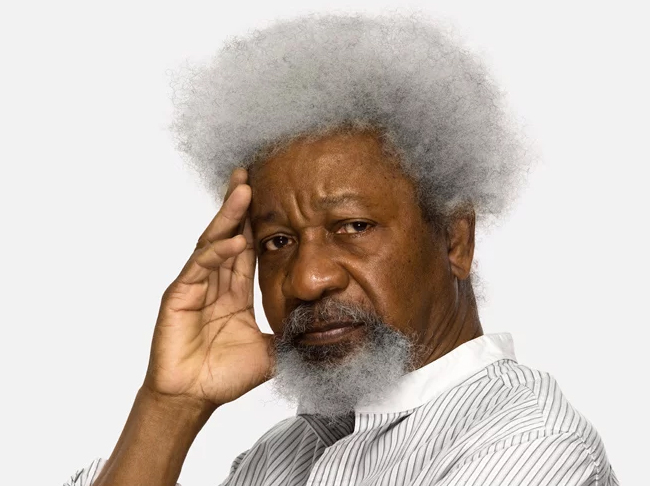
Troubled by the prospect of Nigeria’s imminent war with Biafra, the revered scholar traveled to the ‘enemy camp’ with the intention of making a personal appeal for peace. He secretly met with Ojukwu in Enugu.
Advertisement
The Gowon regime got to know of this and imprisoned him for 22 month. Though refused materials such as books, pens, and paper, he still wrote a significant body of poems and notes criticising the Nigerian government.
Soyinka would later tell the BBC of how events unfolded backe then:
Advertisement
“We arrive in Asaba and the Sea Dogs drop us in the lavish palace of Professor Edozien, and from there across the River Niger, where in 1967 Soyinka had slipped through a loosely observed blockade into Biafra,” he said in an interview.
“In the feverish marketplace of Onitsha, the town on the eastern bank, he remembers his first visit well.
Advertisement
“There came this group of very young vigilantes with wooden guns. They handled those wooden guns as if they were real guns. It was a kind of portent of what was to come, of a people unprepared for war but with absolute faith.
Soyinka was arrested at wooden gunpoint and taken to Enugu, the capital of the self-proclaimed state of Biafra. Here he waited for the opportunity to speak with Ojukwu.
Advertisement
When it came, Ojukwu was polite but firm.
He remembered the size of the rats in those days and feels that, unlike the rest of Enugu, the hotel seems to have taken a turn for the better.
“We still choose to stay overnight somewhere else, leaving behind the long shadows of the past and the distant memories of oversized rodents,” he said.
PHILLIP EFFIONG
Efiong was Ojukwu’s second in command as Biafra’s vice-president. He later assumed leadership as the acting head of state of Biafra on January 8, 1970, at a time of turmoil, starvation, and collapse. On January 12, he announced finally surrender to the Nigerian government.
Here’s his surrender speech: “I, Major-General Phillip Efiong, Officer Administering the Government of the Republic of Biafra, now wish to make the following declaration: That we affirm that we are loyal Nigerian citizens and accept the authority of the Federal Military Government of Nigeria. That we accept the existing administrative and political structure of the Federation of Nigeria. That any future constitutional arrangement will be worked out by representatives of the people of Nigeria. That the Republic of Biafra hereby ceases to exist.”
EMMANUEL IFEAJUNA
Ifeajuna was the overall leader of the January 15 mutiny and operational commander of the military activities in Lagos. He was reported to have been the officer that assassinated Tafawa Balewa, the then prime minister, as well as Zak Maimalari, Abogo Largema among others.
On August 9, 1967, Ifeajuna, then a Biafran Lt. Col., was the first chief of staff of the ‘Midwest Liberation Force’ (101 Division) under Victor Banjo. he reportedly got involved in an alleged plot to overthrow Ojukwu and was subsequently tried under Ojukwu’s Biafran Law and Order (maintenance) Decree of 1967, before being executed in Enugu on September 25, 1967 along with Banjo, Alale and Agbam.
Ifeajuna’s last words, according to reports, were: “You may kill me now, but I am afraid it is too late. I am sorry for you all because it won’t be long before they get all of you. The Nigerians are already in your midst.”
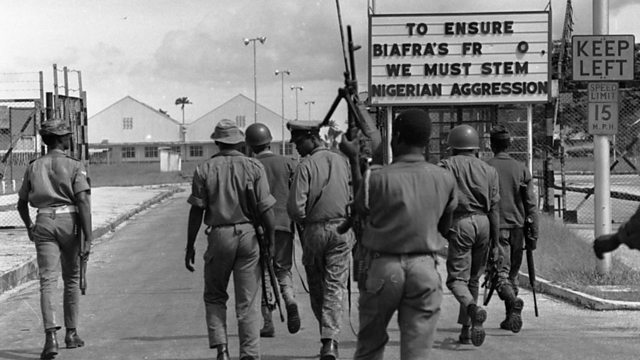
KADUNA NZEOGWU
Leader of the January 1966 coup that led to the overthrow of the civilian government, Nzeogwu carried out the operation that led to the killing of Ahmadu Bello, the Sardauna of Sokoto. Initially detained at Kirikiri but then transferred to the East, he and other January 15 mutiny detainees in the East were later released from jail by Ojukwu.
Reports had it that he was killed during an ambush near Nsukka while conducting a night operation against federal troops in the 21st battalion under Mohammed Inua Wushishi. Nzeogwu was said to have died in the same sector during the same period as Tom Bigger, Ojukwu’s half-brother.
JOSEPH ACHUZIE
Before he joined the Biafran army in May 1967, Achuzie had been a soldier in the Nigerian army but fled to the south-east in fear of anti-Igbo sentiment among his fellow soldiers. After Biafran soldiers were forced to retreat across the River Niger Bridge into Onitsha on September 20, 1967, Achuzie was given command of the Biafran 11th Battalion.
On January 9, 1970, Ojukwu officially placed all remaining Biafran soldiers under the command of Achuzie. Three days later, Effiong, Achuzie, and other Biafran officers made their way to Amichi and later Owerri to broadcast their final surrender to Obasanjo.
SAMUEL AGBAM
Then a Nigerian Foreign Service officer, Agbam was said to be the only civilian physically involved in operations on the night of January 15. A “very close” friend of Ifeajuna, he was also reportedly involved in the alleged plot to overthrow Ojukwu during the war and was tried under the Biafran Law and Order (maintenance) Decree of 1967. He was executed along with Ifeajuna and other Igbo officers involved in the alleged plot, on September 25, 1967.
EMMANUEL NWOBOSI
Emmanuel Nwobosi, a colonel, was the leader of operations in the Western region. His group was said to have killed Premier Samuel Akintola. Nwobosi was arrested upon arrival in Lagos with Fani-Kayode. Detained at Kiri-Kiri but later transferred to the east, he was part of those released by Ojukwu in 1967.
Nwobosi was at a time Ojukwu’s chief of staff.
HUMPHREY CHUKWUMA
As a Biafran lieutenant colonel, he was the commander of the task force that took Warri during the Biafran invasion of the midwest. However, on the collapse of the midwest front, he was also detained alongside other officials for “sabotage.”
Some weeks after his detention, he returned to Imo state from where he gained freedom at the end of the civil war. He was said to be among those who faced a board of inquiry set up by the government.
TIM ONWATUEGWU
Onwatuegwu was said to have co-inspired the January mutiny and had assassinated Samuel Ademulegun, and co-assassinated Ralph Shodeinde. He was also part of the detainees in the east released by Ojukwu in 1967.
He was reported to have been a “very good” Biafran commander particularly in defensive operations. However, he was said to have been killed shortly after the Biafran surrender – which it was said, he didn’t want to accept.

ADEWALE DEMOYEGA
Ademoyega was said to be part of those that inspired the January mutiny and at some point, acted as a liaison officer between Nzeogwu and Ifeajuna. He reportedly co-assassinated Festus Okotie-Eboh.
According to reports, shortly after the invasion of the midwest by Biafran troops in August 1967, he was appointed chief of staff of the “Liberation Army” to replace Ifeajuna.
When the midwest front collapsed, Ademoyega and several other officers connected with the operation that led to the collapse were accused of “sabotage” and subsequently detained by Ojukwu until the end of the war.
He authored “Why we Struck”, a witness account of the first military coup in the country.
OLUSEGUN OBASANJO
He was a two-term civilian president and former military head of state. He was the commander of the 3rd marine commando division. His division succeeded in splitting the Biafran enclave into two by the end of 1970. The final Nigerian offensive, named “Operation Tail-Wind”, was launched on 7 January 1970 with the 3rd Marine Commando Division attacking, and supported by the 1st Infantry division to the north and the 2nd Infantry division to the south. The Biafran towns of Owerri fell on 9 January, and Uli on 11 January. Only a few days earlier, Ojukwu fled into exile by plane to the Ivory Coast, leaving his deputy Philip Effiong to handle the details of the surrender to General Yakubu Gowon of the Federal Army on 13 January 1970. The surrender paper was signed on 14 January 1970 in Lagos and thus came the end of the civil war and renunciation of secession. The war finally ended a few days later, with the Nigerian forces advancing into the remaining Biafran-held territories, which was met with little resistance.
On May 29, 2000, Obasanjo commuted to retirement the dismissal of all military persons who fought for Biafra. In a national broadcast, he said that the decision was based on the principle that justice must at all times be tempered with mercy.
1 comments
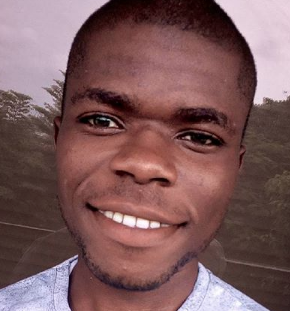


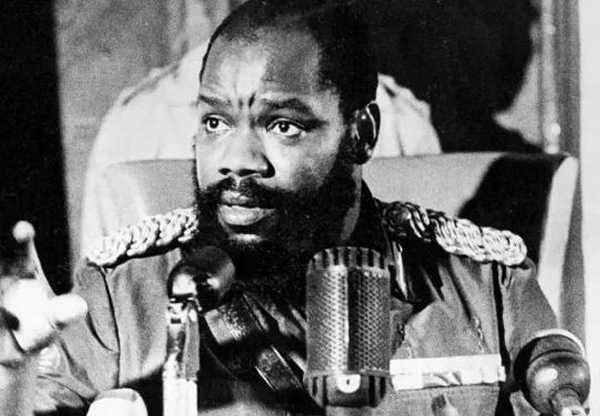
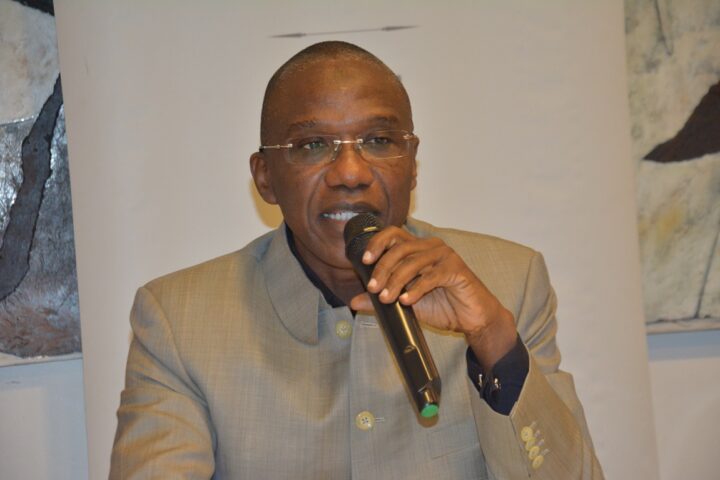



Am really inspired by the passion, zeal a nd fearless courage and confidence in the then youths… they had the opportunity to express and explore unlike our present youths now who has no guts nor strongs spirit to fighting for what is right and what they need..